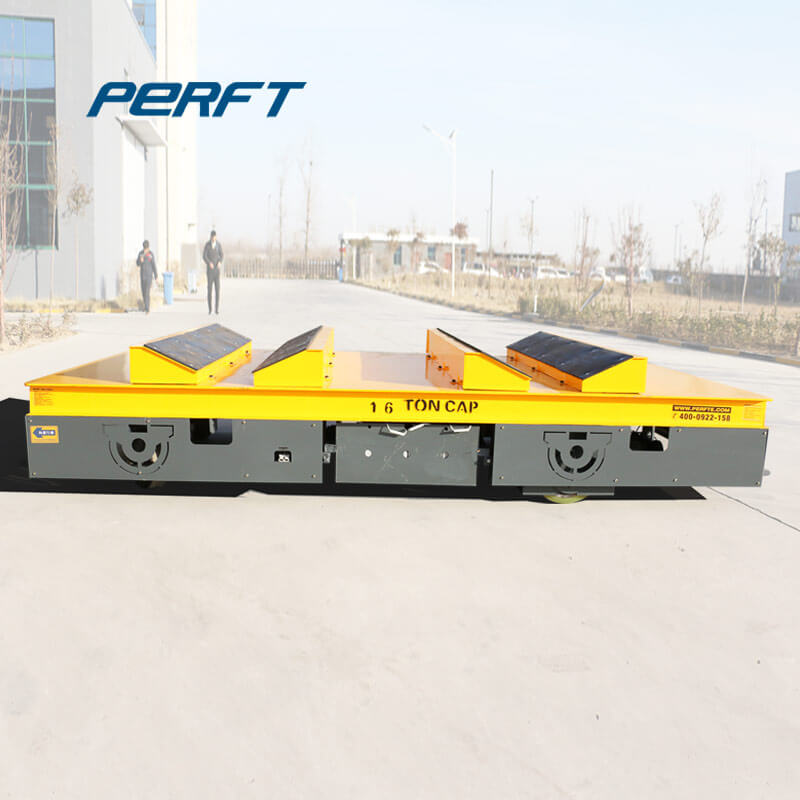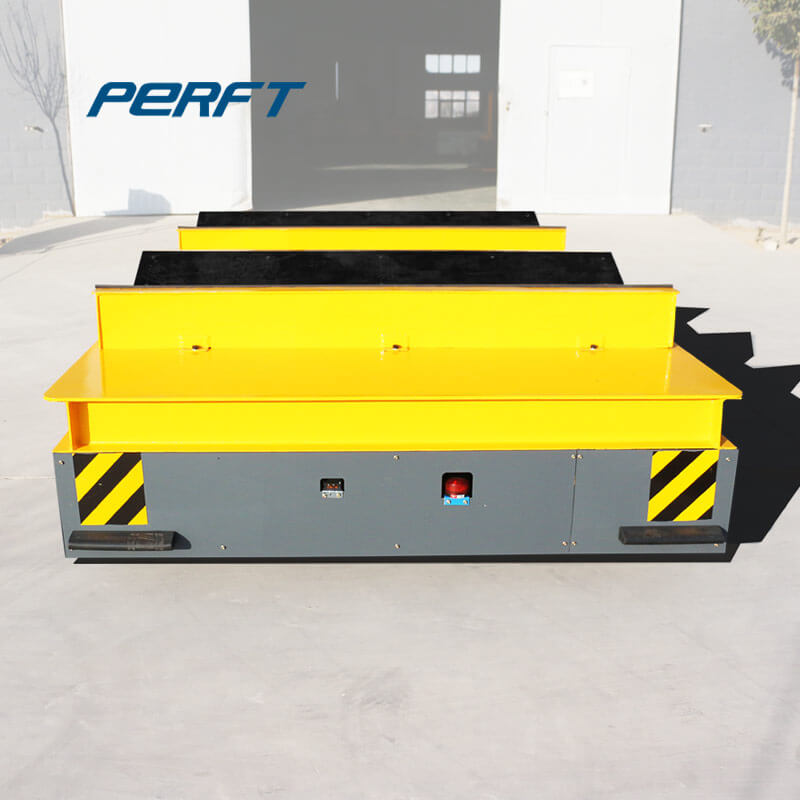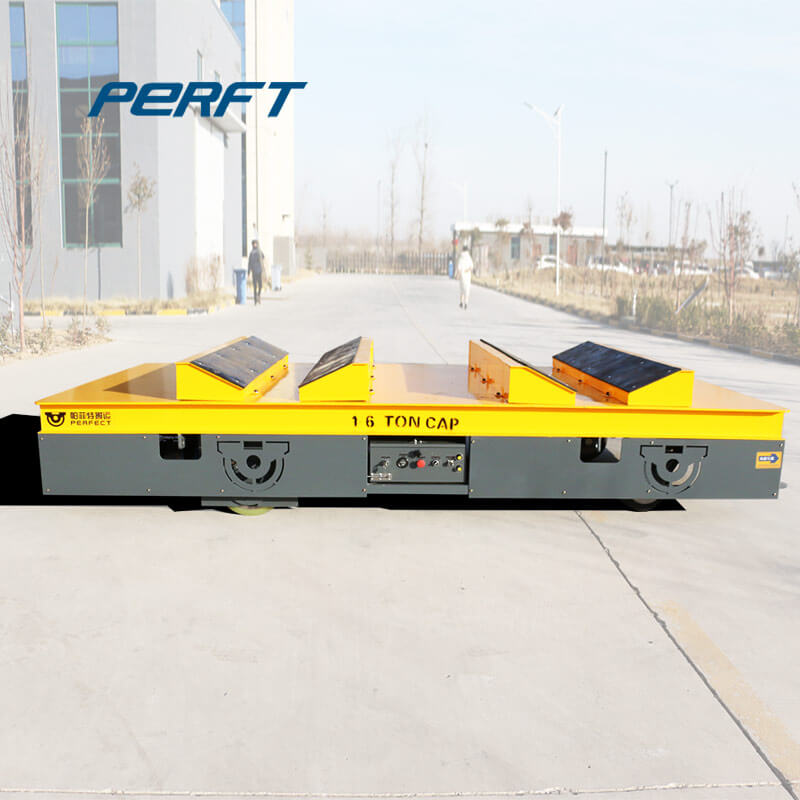








iii. Design of manufacturing process, premises and equipment to minimize opportunities for cross-contamination during processing, maintenance and cleaning; iv. Use of “closed systems” for processing and material/product transfer between v. Use of
• Factors including; facility/equipment design, personnel flow, physico-chemical characteristics of the active substance, process characteristics, cleaning processes and analytical capabilities relative to the threshold values for products should also be taken into
For decades, we have been designing and distributing equipment for modern egg production worldwide. Everything started when the Big Dutchman founders invented the world’s first automatic, professional chain feeder in 1938. The feed chain’s material and design proved to be timeless: the invention is still used in many modern feeding systems today.
The bridge crane is an important tool and equipment for mechanization and automation in modern industrial production and crane transportation. Therefore, the cranes are widely used in indoor and outdoor industrial and mining enterprises, steel and chemical industry, railway transportation, port terminals, and other departments and places.
DURATION: approximately 4 hours. FEE: $395. This module provides an overview of the heat transfer equipment and mechanisms commonly used in the oil and gas industry. The module also provides an overview including advantages, disadvantages, and applications of different types of heat exchangers.
The FLEXX speed bogie was designed to ease maintenance and to use less energy, both of which have a big impact on the total lifecycle costs of the equipment. In addition, FLEXX speed bogies can be equipped with the CBM concept – condition-based maintenance – optimizing maintenance activities for efficient operational management of the train.
These guiding principles on transfer of technology are intended to serve as a framework which can be applied in a fl exible manner rather than as strict rigid guidance. Focus has been placed on the quality aspects, in line with WHO’s mandate. 1.1 Transfer of
The most commonly purchased types of conveyors are line-shaft roller conveyors, chain conveyors and conveyor belts at packaging factories and industrial plants where usually product finishing and monitoring are carried. Commercial and civil sectors are Types
The TS 2plus is the all-rounder in conveyor technology! The Rexroth transfer system is designed for transport of workpiece pallets up to 240 kg. It features standardized modular units that can be combined in many ways to create a single system. The modular design permits the cost-effective use of ratio potentials in production.
equipment. Fixed routing typically deploys conveyors of powered roller, belt, drag chain, or overhead trolley type, and can use rotary index mechanisms, and walking beam transfer equipment. For variable routing an automated guided
1/8/2001 · Transfer of an engineering design into production will typically require a formal review and approval of the product specifications and manufacturing procedures. Transfer may also require the product developer to provide evidence of the adequacy of specifications, methods, and procedures through documented process validation—including the testing of the finished
Alfa Laval Compabloc Free Flow is a compact condenser with very high heat transfer efficiency specifically designed for the pharmaceutical industry and the high hygienic requirements of modern API production. The hygienic design, high performance, low operating costs and easy installation combine to ensure patient safety, reliable uptime and
An industrial heat exchanger is a device that is specially designed for heat transfer between different media. One medium is process fluid and the other is a heat-absorbing coolant comprised of chilled liquid or gas.
Meltblown Production line N95 Face mask machine Non-woven Face Mask Machine eps concrete wall panel machine with vertical mold car eps concrete wall panel machine with Horizontal mold car Mgo floor board Deep processed mgo board Pure sulfate Mgo
The automatic flour mill built by Oliver Evans in 1785 was called the beginning of modern bulk material handling by Roe (1916). Evans’s mill used a leather belt bucket elevator, screw conveyors, canvas belt conveyors, and other mechanical devices